Mark Leibovit – The Trader’s Book of Volume
$12.00
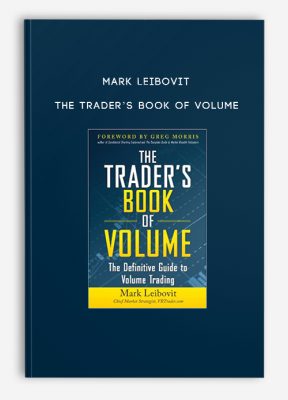
Mark Leibovit – The Trader’s Book of Volume
Get Mark Leibovit – The Trader’s Book of Volume on Salaedu.com
Description:
LEARN HOW TO TRANSLATE THE “LANGUAGE” OF VOLUME!
Mark Leibovit, a leading market strategist and technical analyst with more than 35 years of trading experience, possesses a solid track record of predicting important movements in the financial market―including Black Monday of 1987, the bear markets of 2000 and 2008, and the “flash crash” of May 2010.
Now, with The Trader’s Book of Volume, his secrets are yours!
Focusing exclusively on volume technical analysis, The Trader’s Book of Volume describes the basics of volume, explains how to use it to identify and assess the strength of trade-worthy trends, and provides in-depth techniques and strategies for trading volume indicators for profit.
WITH MORE THAN 400 CHARTS AND GRAPHS, THE TRADER’S BOOK OF VOLUME ALSO EXHAUSTIVELY ILLUSTRATES HOW READERS CAN PROFIT FROM A WIDE ARRAY OF VOLUME INDICATORS, INCLUDING:
- Broad Market Volume Indicators―Cumulative Volume Index, ARMS Index, Upside-Downside Volume, Nasdaq/ NYSE Volume Ratio, Yo-Yo Indicator
- Volume Indicators―Accumulation/ Distribution, Intraday Intensity, Negative Volume Index, On-Balance Volume, Open Interest
- Volume Oscillators―Klinger Oscillator, Chaikin Money Flow, Ease of Movement, Volume Oscillator
- Leibovit Volume Reversal Indicator™, the author’s proprietary methodology
Under the author’s expert guidance, you can seamlessly incorporate Volume Analysis into your day-to-day trading program. Without a proper approach to Volume Analysis, Leibovit asserts, you’re essentially trading in the “land of the blind.”
Use The Trader’s Book of Volume to gain the clearest view possible of market trends and react to them with the confidence and smarts for consistent trading success―and avoid every market crash the future holds.
FROM THE BACK COVER
Volume does more than measure the number of shares changing hands between market participants. When you learn to interpret volume into trading signals, you can read the mood of the market, discover great new trading strategies, and put price changes into context.
PROVIDING AN ABUNDANCE OF FACTS AND DATA TO CONFIRM THE POWER OF VOLUME IN FORECASTING PRICE ACTION, THE TRADER’S BOOK OF VOLUME ARMS YOU WITH VOLUME-BASED TECHNIQUES AND STRATEGIES FOR:
- Assessing the strength of trends
- Identifying volume patterns that signal trend reversals
- Selecting the right indicators, oscillators, and time frames
- Detecting trends across broad markets
- Developing Tactical Volume Overlays for timing and short-term trading
ABOUT THE AUTHOR
Mark Leibovit was a member of the Chicago Board Options Exchange, a former “Elf ” on Louis Rukeyser’s Wall Street Week television program, and a frequent guest on PBS Market Monitor’s The Nightly Business Report. He developed the Volume Reversal Indicator and newsletter in 1979, the latter evolving into the popular Web site VRTrader.com, where he currently serves as Chief Market Strategist. Timer Digest named Leibovit the number-two Market Timer and the number-two Gold Timer for the ten-year period ending in December 2009.
Bond -Stock Trading course: Learn about Bond -Stock Trading
Bond trading definition
Bond trading is one way of making profit from fluctuations in the value of corporate or government bonds.
Many view it as an essential part of a diversified trading portfolio, alongside stocks and cash.
A bond is a financial instrument that works by allowing individuals to loan cash to institutions such as governments or companies.
The institution will pay a defined interest rate on the investment for the duration of the bond, and then give the original sum back at the end of the loan’s term.
A stock trader or equity trader or share trader is a person or company involved in trading equity securities.
Stock traders may be an agent, hedger, arbitrageur, speculator, stockbroker.
Such equity trading in large publicly traded companies may be through a stock exchange.
Stock shares in smaller public companies may be bought and sold in over-the-counter (OTC) markets.
Stock traders can trade on their own account, called proprietary trading, or through an agent authorized to buy and sell on the owner’s behalf.
Trading through an agent is usually through a stockbroker. Agents are paid a commission for performing the trade.
Major stock exchanges have market makers who help limit price variation (volatility) by buying and selling a particular company’s shares on their own behalf and also on behalf of other clients.
More Course: BOND – STOCK
Outstanding Course:J. Bravo – Dominate Stocks
1 review for Mark Leibovit – The Trader’s Book of Volume
Add a review Cancel reply
Related products
Forex - Trading & Investment
Forex - Trading & Investment
Forex - Trading & Investment
Forex - Trading & Investment
Forex - Trading & Investment

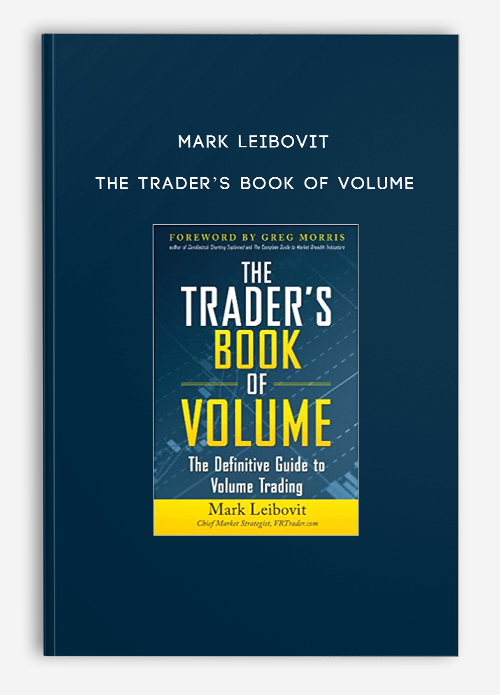

![Investors Business Daily Jan~June 2015 - [ePaper (PDF)]](https://tradersoffer.forex/wp-content/uploads/2016/11/Investors-Business-Daily-JanJune-2015-220x280.jpg)

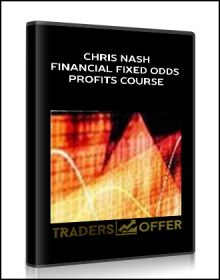
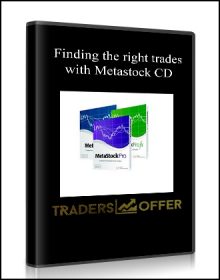
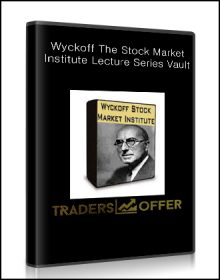
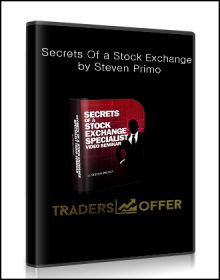
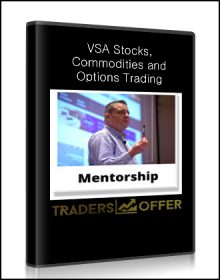
king –
We encourage you to check Content Proof carefully before paying.
“Excepted” these contents: “Online coaching, Software, Facebook group, Skype and Email support from Author.”
If you have enough money and feel good. We encourage you to buy this product from the original Author to get full other “Excepted” contents from them.
Thank you!